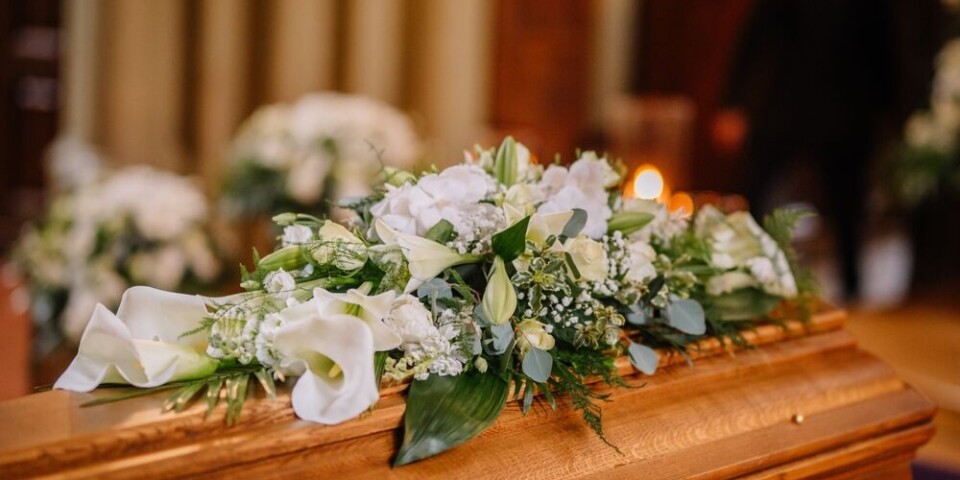-
French weekly weather forecast January 19 - 23: colder and lots of rain
Flash flood alerts are in place on Monday January 19 in Corsica, Aude and Pyrénées-Orientales
-
French woman given one-year sentence for hiring men to evict squatter
Homeowner from south-west found guilty by Bordeaux criminal court
-
Drinking tap water restricted for children in south-west France communes
Haute Garonne prefecture says the measure is precautionary and due to high chlorate levels
Provence’s santon-makers launch bid for Unesco recognition
Santonniers apply for local know-how and tradition to be granted prestigious Intangible Cultural Heritage status
A bid has been launched to have Provence’s traditional santon hand-painted nativity figures recognised by Unesco as part of the world’s cultural heritage.
This would place the Christmas favourites alongside such traditions as Chinese calligraphy, Tibetan opera or ‘the gastronomic meal of the French’.
An association has been formed to submit the application and is led by Sylvie Neveu-Prigent, a descendant of the first santon-maker (santonnier) of Aubagne, near Marseille, Thérèse Neveu.
Inscription on the Intangible Cultural Heritage lists ‘helps raise awareness among citizens and governments for heritage preservation’ and may result in the country receiving ‘financial assistance and expert advice from the World Heritage Committee to support activities for the preservation of its sites’, according to the Unesco website.
It is a complement to the better-known World Heritage status that is given to cities, monuments or natural sites.
The process, however, may take years. It took the savoir-faire of perfumery in Grasse ten years to receive the title.
The Santons de Provence – from the Provençal santon meaning ‘little saints’– hold a well-loved place in French culture: They are sold at Christmas markets every year, decorate cribs in thousands of homes and watch over gifts at the foot of the Christmas tree on December 25.
The little hand-painted clay figurines depict the people of Provence, in their many traditional costumes and carrying humble offerings, on their way to the Nativity. They may include local characters such as a chestnut seller, water-carriers and bakers as well as the three kings, Mary and Joseph.
Sometimes, humorous or topical additions are made to the more traditional santon kinds, such as when one santon-maker added a gilet jaune in 2019.
The president Aix-Marseille-Provence Métropole and of the Bouches-du-Rhône department, Martine Vassal, said: "I support the members of the association Savoir-faire des santonniers de Provence who carry high the values, identity and history of Provence.
“This approach to have the art of santon-making listed as an intangible cultural heritage by Unesco would pay tribute to a savoir-faire that is the pride of our territory and that goes far beyond our borders."
Nativity cribs have been around for centuries but making and displaying the figurines came to be an act of rebellion at the end of the 18th century when churches were closed and mass was suppressed during the French Revolution.
People would make them at home – at the risk of the guillotine – from materials such as cloth or papier mâché (a mixture of paper and paste).
Marseille-born sculptor Jean-Louis Lagnel made the first clay figurine – the santon we know today, although at the time it did not bear this name – in 1797 as he wanted them to be affordable to the general population. At the time, the figurines were luxury artefacts made of glass or porcelain.
The first santon fair took place in Marseille in 1803 on the cours Saint-Louis. Since then, santons’ popularity has grown immensely and they are now sold in the thousands at markets across the country, especially in Provence.
Now, santon-making is often a family business passed down through generations.
Usually, a santonnier will carve a figurine from clay and make a two-piece plaster cast of it, which he or she will then use to make more figurines.
They are dried for several weeks, fired in a kiln and hand-painted.
Related articles
























